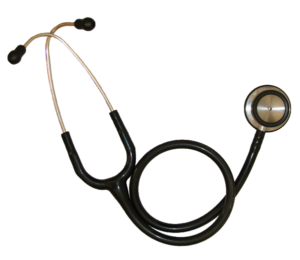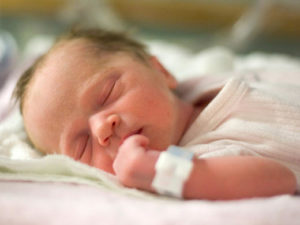 Inactivity is more deadly than obesity. From Medscape:
Inactivity is more deadly than obesity. From Medscape:
Inactivity More Deadly Than Obesity, Large New Study Finds
Fresh evidence that just a little bit of exercise, such as 20 minutes walking a day, is extremely beneficial — regardless of whether people are overweight/obese or not — has emerged from a large European study.
In fact, the most pronounced reduction in premature death risk was observed among individuals who were normal weight/abdominally lean and "moderately inactive," compared with those of the same build who were completely inactive, which was defined as having a sedentary job with no reported recreational physical activity.
Looking at this another way, the study — in more than 330,000 men and women — showed that twice as many premature deaths may be attributable to lack of physical activity compared with the number of deaths attributable to obesity, the researchers say.
"This is a simple message: just a small amount of physical activity each day could have substantial health benefits for people who are physically inactive," said Dr Ekelund in a statement. "Although we found that just 20 minutes would make a difference, we should really be looking to do more than this — physical activity has many proven health benefits and should be an important part of our daily life," he added.
So they set out to examine the relationship between physical activity and all-cause mortality and to look at whether BMI and waist circumference modified these associations in a large sample of 334,161 men and women followed for more than 12 years... Just under a quarter (22.7%) of participants were categorized as inactive, reporting no recreational activity in combination with a sedentary occupation.
Over the 12 years of follow-up, 21,438 participants died.The greatest reduction in risk for premature death occurred in the comparison between inactive and moderately inactive groups. All-cause mortality was reduced by 16% to 30% in the moderately inactive group compared with those categorized as inactive, across all strata of BMI and waist circumference.
The authors estimate that doing exercise equivalent to just a 20-minute brisk walk each day — burning between 90 and 110 kcal — would take an individual from the inactive to moderately inactive group and thereby reduce the risk for premature death by this same amount (ie, between 16% and 30%).
The impact was greatest among normal-weight individuals, but even those with higher BMI saw a benefit of physical activity.

 Nowadays many medical societies do NOT recommend annual physicals for healthy adults.
Nowadays many medical societies do NOT recommend annual physicals for healthy adults. Nice write-up of how what happens from the type of birth (vaginal vs cesarean) affects the baby's microbiome (community of microbes). Remember, it is very complicated and much is still unknown. (UPDATE: see January 16, 2015
Nice write-up of how what happens from the type of birth (vaginal vs cesarean) affects the baby's microbiome (community of microbes). Remember, it is very complicated and much is still unknown. (UPDATE: see January 16, 2015  I bet eating fresh blueberries daily instead of blueberry powder would not only be more delicious, but also have even more health benefits. From Science Daily:
I bet eating fresh blueberries daily instead of blueberry powder would not only be more delicious, but also have even more health benefits. From Science Daily: